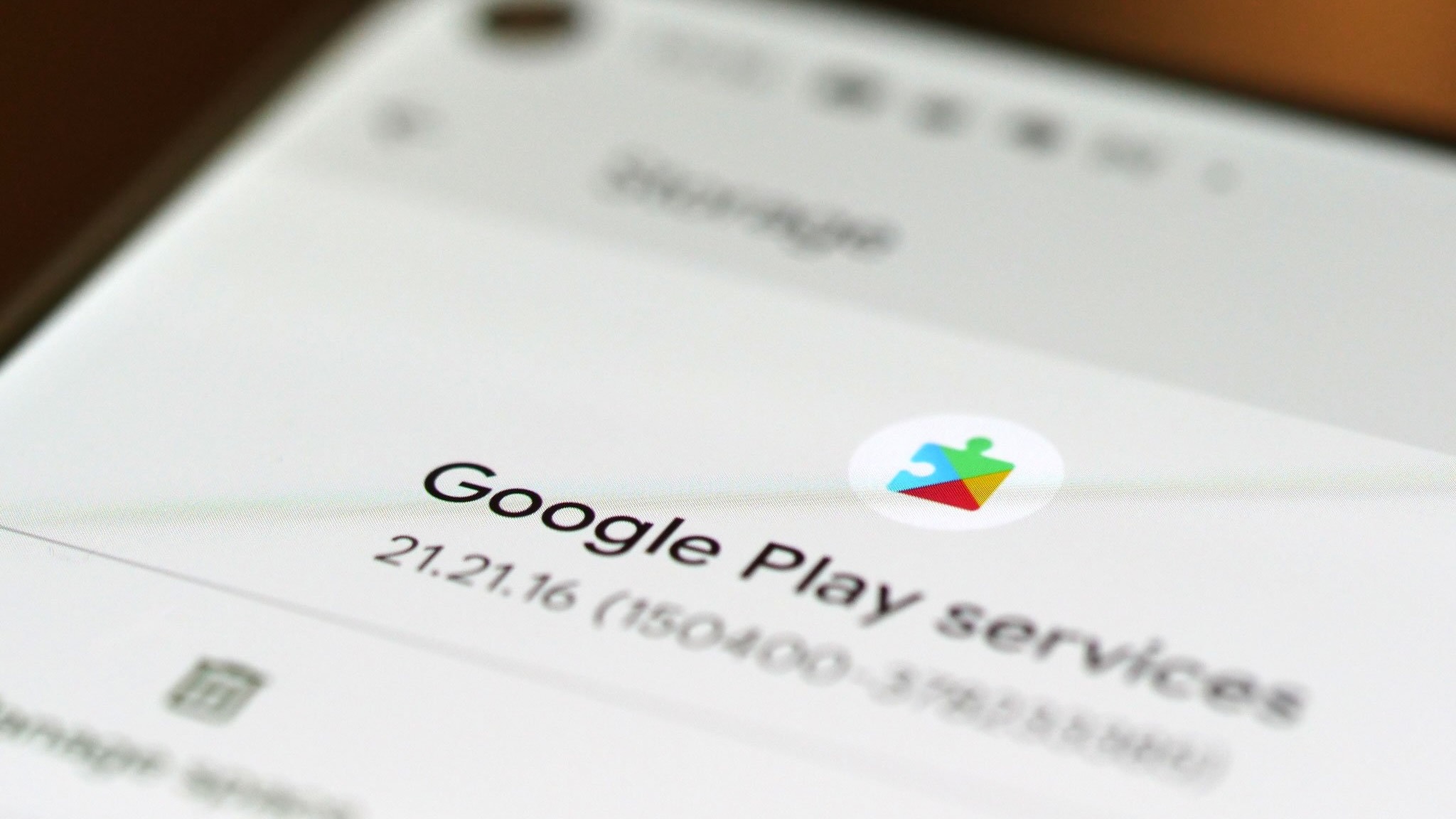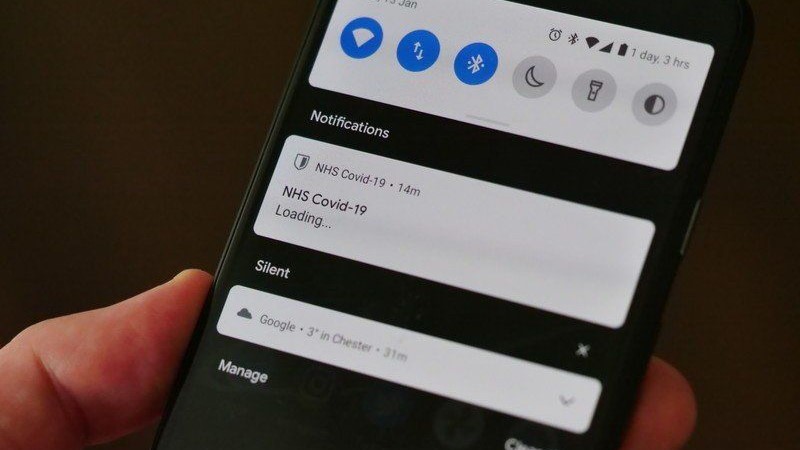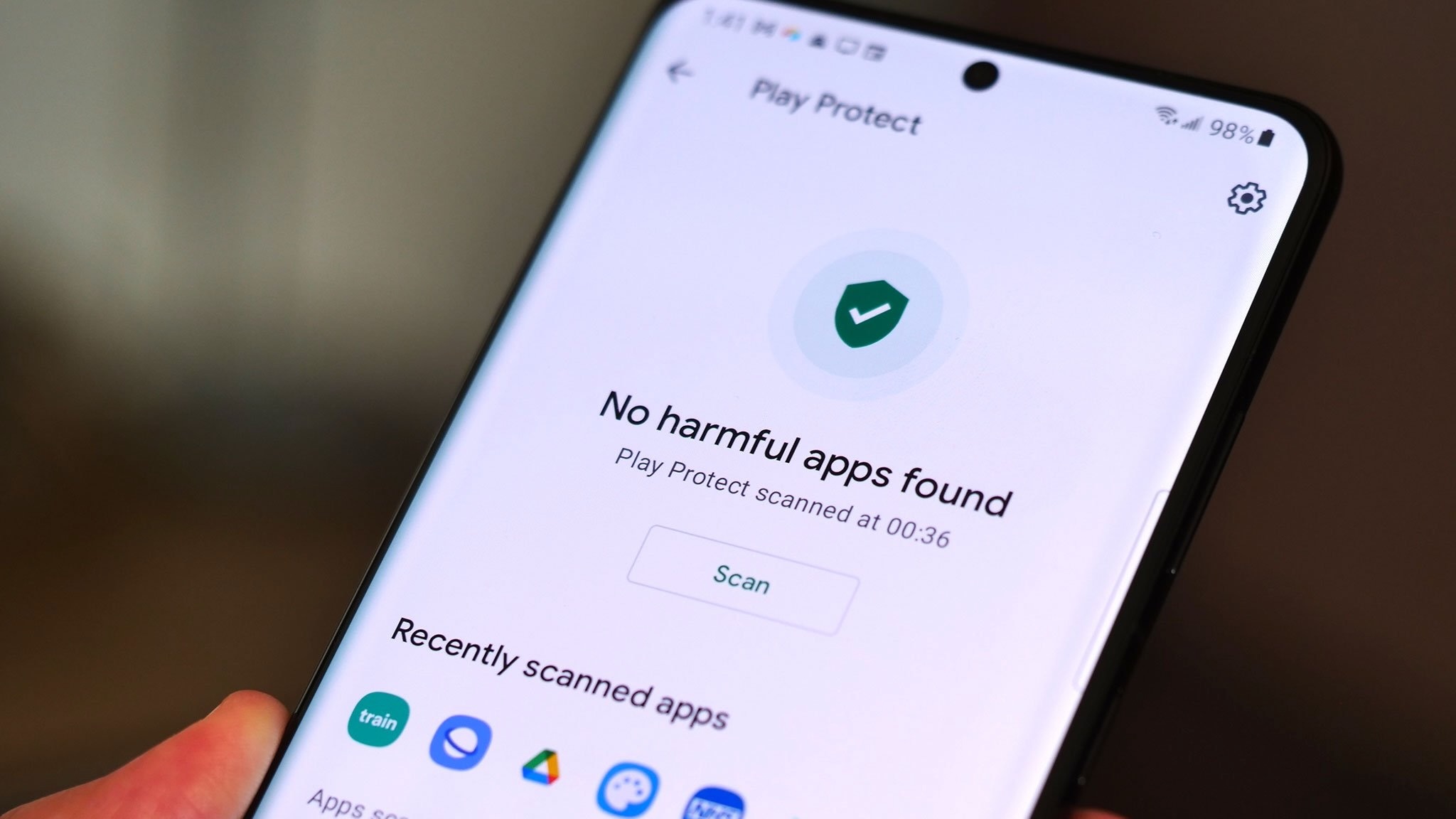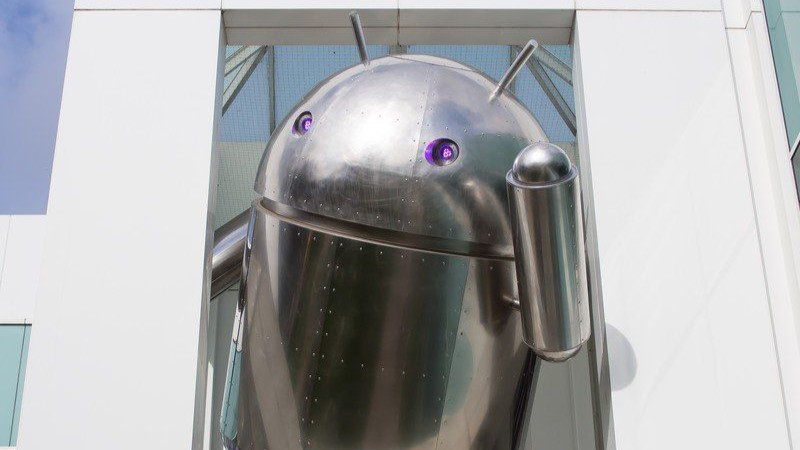Depending on how much of a phone geek you are, you may have never even thought about what Google Play Services actually is. You could be forgiven for dismissing it as a dry and technical part of Android, but in reality, it’s a crucially important part of how the OS works. In essence, that’s what it puts Google to Android, affecting everything from security to integrating Google with the apps you use every day.
Google Play Services was announced in 2014 as a way to bring new features to Android phones in a way that doesn’t require firmware updates. That’s because in 2014, before the days of monthly security patches, even the best Android phones were often waiting months for crucial fixes. And forcing users to wait for a full firmware update to protect themselves from malicious apps or tweak how Google features work wasn’t ideal.
So it benefits everyone. Developers get important APIs that work across the vast majority of the active Android user base. (At the time of writing, every device since 5.0 Lollipop supports the “current” version of Google Play Services.) Users, in turn, benefit from this through new features and security fixes, even if they’re not running the latest version of the OS. And for Google, Play Services acts as insurance against the rise of “forked” Android, as we saw through the difficulties Huawei faced when it was blacklisted a few years ago.
More than just an app

Google Play Services is essentially just an app, managed by Google, that automatically updates in the background on every Google-certified Android phone. There is no user-facing part of the app, unless you count the “Google Settings” part of the Settings app. But various Play Services tendrils are spread across Android, especially in newer versions of the OS.
As a system-level “app”, Play Services can run with elevated permissions and replace anything and everything in the OS if needed. Google has greatly expanded the capabilities of Play Services since it was introduced back in 2014, and the company can easily modify it to do even more in the future.
To put it simply: if an Android app communicates with a Google service, chances are it’s doing so through Google Play Services.
For apps, Play Services acts as a gateway to Google services on your phone.
The Google Play Services library provides developers with APIs to make apps work with Google Services on devices with the Play Services app installed. These include Cloud Messaging, Drive, Location, Play Games, Wear OS and Google Pay, to name a few. And because the Play Services app updates automatically in the background and works on all versions of Android going back to Lollipop, Google can introduce changes, improvements and new features to Android’s integration with these services without a firmware update. This means that carriers and device manufacturers are not in the loop at all, so Google has complete control over the rollout.
While the Android firmware update situation has improved a lot since Play Services launched in 2014, a Play Services update can still be pushed out much, much faster than a traditional over-the-air update. As a result, Play Services allows Google to keep pace with introducing new features and services to Android.

A great example of this is the COVID-19 exposure notification system developed in collaboration with Apple. On the Android side, ENS is added in the background as a Play Services update to any Android phone running firmware 2014 or later. And when a system failure occurred earlier in 2021, Google was able to fix it almost immediately across the ecosystem.
Without Google Play Services, rolling out anything like the COVID-19 ENS would likely require a massive effort by manufacturers and carriers to develop and certify updated firmware for every Android phone in the world.
Google couldn’t build its exposure notification system without Play Services.
It’s also good for developers and users for many other reasons, most of which are pretty obvious when you think about it. Instead of developers having to worry about targeting each of these Google features differently across different versions of the OS, Play Services does the heavy lifting. Moreover, users are not left in the lurch if they don’t have the latest version of Android. (Even in 2024 they still exist many users who do not have the latest version of Android.)
Through Play Services, many things that were thought to be Android features — like Google’s location services or Google Play Games — are separated from the underlying OS. This is another reason why a direct comparison of the distribution of iOS and Android versions does not tell the whole story. A very significant part of the Google Android experience is automatically updated in the background.
Google has continued this push toward greater modularity in Android in the years since Play Services first arrived. Most prominently in Android 10, “Project Mainline,” also known as Google Play System Updates, allowed Google to update parts of the OS itself, like Wi-Fi, connectivity, and neural network components, without requiring a full firmware update. In Android 12, Google expanded Mainline to include the Android runtime itself, the part that runs your apps. This makes Android much more secure, even if your phone isn’t running the latest platform update.
It is true that some changes, fixes and improvements still require a firmware update. But in today’s Android ecosystem, there are a bunch of really important things that don’t matter anymore.
Anti-Malware Firewall

Google Play Services also plays a huge role in protecting older Android phones from bad apps, which generally come from app stores other than the Google Play Store.
The main weapon in Google’s arsenal is Google Play Protect, which is actually Android’s built-in virus scanner. When you install an app from a third-party location, it is scanned using this constantly updated feature to identify malicious tendencies, and Play Protect will also periodically scan your phone in the background. This is a big part of the reason why scary Android security bugs like 2015’s “Fake ID” never appear. Thanks to Play Services, the vast majority of Android devices are protected, and offending apps are removed almost immediately.
This could be said to be a temporary fix, as the underlying vulnerability is not fixed until a firmware update or Project Mainline update is rolled out. But either way, malware doesn’t get through, and users are protected — even if they’re running an older Android security patch level.
Google’s Android insurance policy

Google Play Services is full of Google’s proprietary stuff and as such is not included in the Android Open-Source Project (AOSP). Like other Google applications, it is closed source. Each “fork” of open-source Android — a version built on top of AOSP without Google’s involvement — stands on its own in terms of needing to recreate what Play Services provides.
Nothing prevents a manufacturer who wants to build an Android device without GMS (Google Mobile Services) approval to build their own services layer instead of Play Services. For example, Huawei has done just that with its Huawei Mobile Services layer. But such an undertaking represents a great technical challenge, so for most producers who are not legally compelled not to work with Google, it’s easier to just license Play Services along with the rest of GMS.
Android may be open source, but Play Services definitely isn’t.
Just as Play Services is a solution to some of Android’s inherent weaknesses — the slow pace of firmware updates due to the number of moving parts involved, app development, and the security implications of that — the lack of Play Services in Android forks creates significant engineering work for anyone serious about moving Android away from Google . In fact, it’s an insurance policy that guarantees Google long-term control of Android — at least everywhere outside of mainland China.
That’s not to say that this is necessarily part of any diabolical Google master plan, but this is the situation that exists. An operating system like Android can only gobble up market share with the help of device (and carrier) diversity. Diversity inevitably leads to fragmentation, and to combat this you need a service and security layer that exists outside of the OS.
It’s a challenge that any viable Android fork must address, and it’s not an easy one. Meanwhile, those in the Google Android world can thank Play Services for enabling the platform to grow and helping keep phones safe.